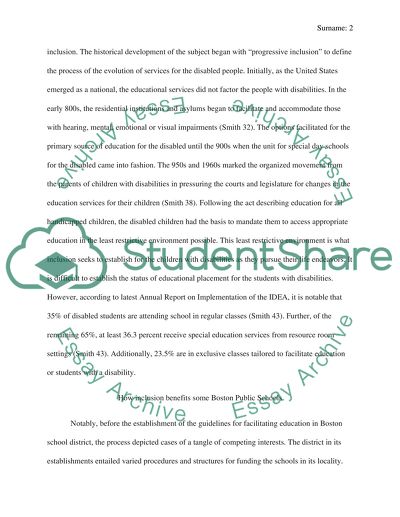Cite this document
(“How a second grade Special Ed inclusion class will benefit the Trotter Research Proposal”, n.d.)
How a second grade Special Ed inclusion class will benefit the Trotter Research Proposal. Retrieved from https://studentshare.org/education/1663767-how-a-second-grade-special-ed-inclusion-class-will-benefit-the-trotter-school-in-dorchester-ma
How a second grade Special Ed inclusion class will benefit the Trotter Research Proposal. Retrieved from https://studentshare.org/education/1663767-how-a-second-grade-special-ed-inclusion-class-will-benefit-the-trotter-school-in-dorchester-ma
(How a Second Grade Special Ed Inclusion Class Will Benefit the Trotter Research Proposal)
How a Second Grade Special Ed Inclusion Class Will Benefit the Trotter Research Proposal. https://studentshare.org/education/1663767-how-a-second-grade-special-ed-inclusion-class-will-benefit-the-trotter-school-in-dorchester-ma.
How a Second Grade Special Ed Inclusion Class Will Benefit the Trotter Research Proposal. https://studentshare.org/education/1663767-how-a-second-grade-special-ed-inclusion-class-will-benefit-the-trotter-school-in-dorchester-ma.
“How a Second Grade Special Ed Inclusion Class Will Benefit the Trotter Research Proposal”, n.d. https://studentshare.org/education/1663767-how-a-second-grade-special-ed-inclusion-class-will-benefit-the-trotter-school-in-dorchester-ma.


